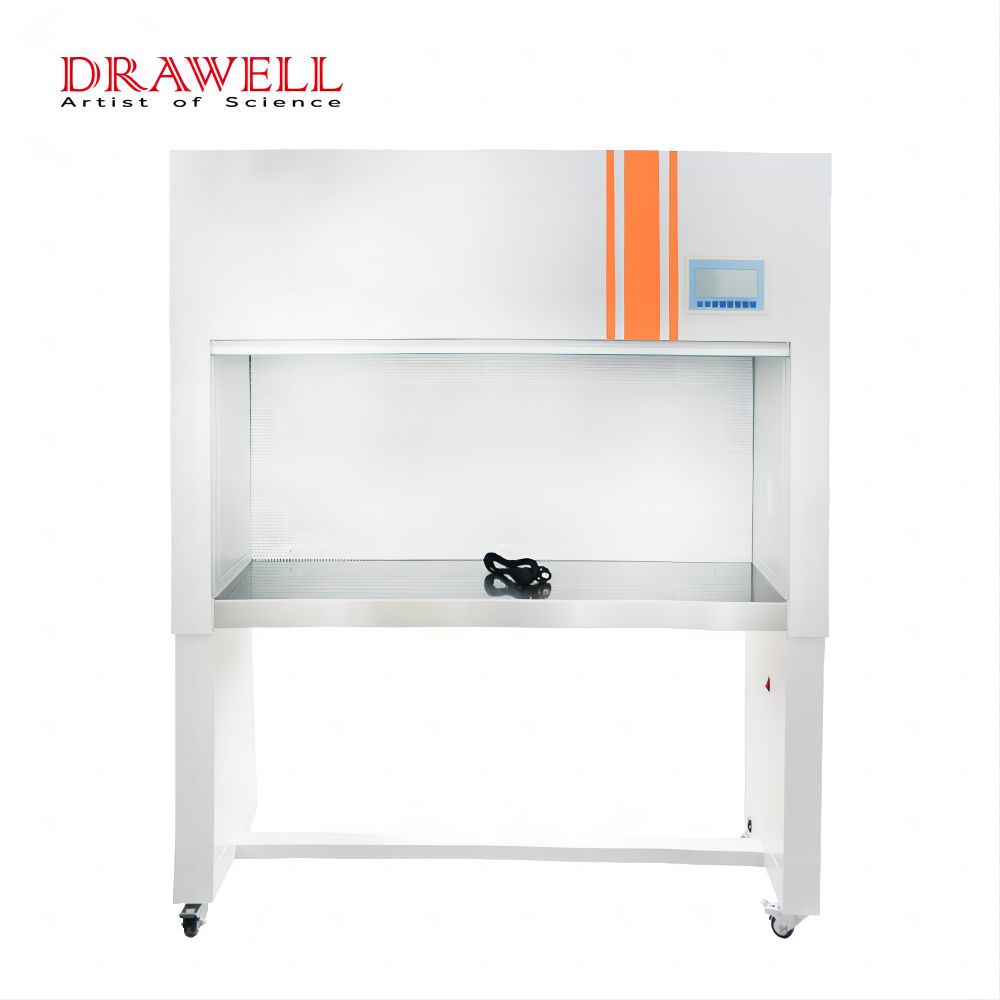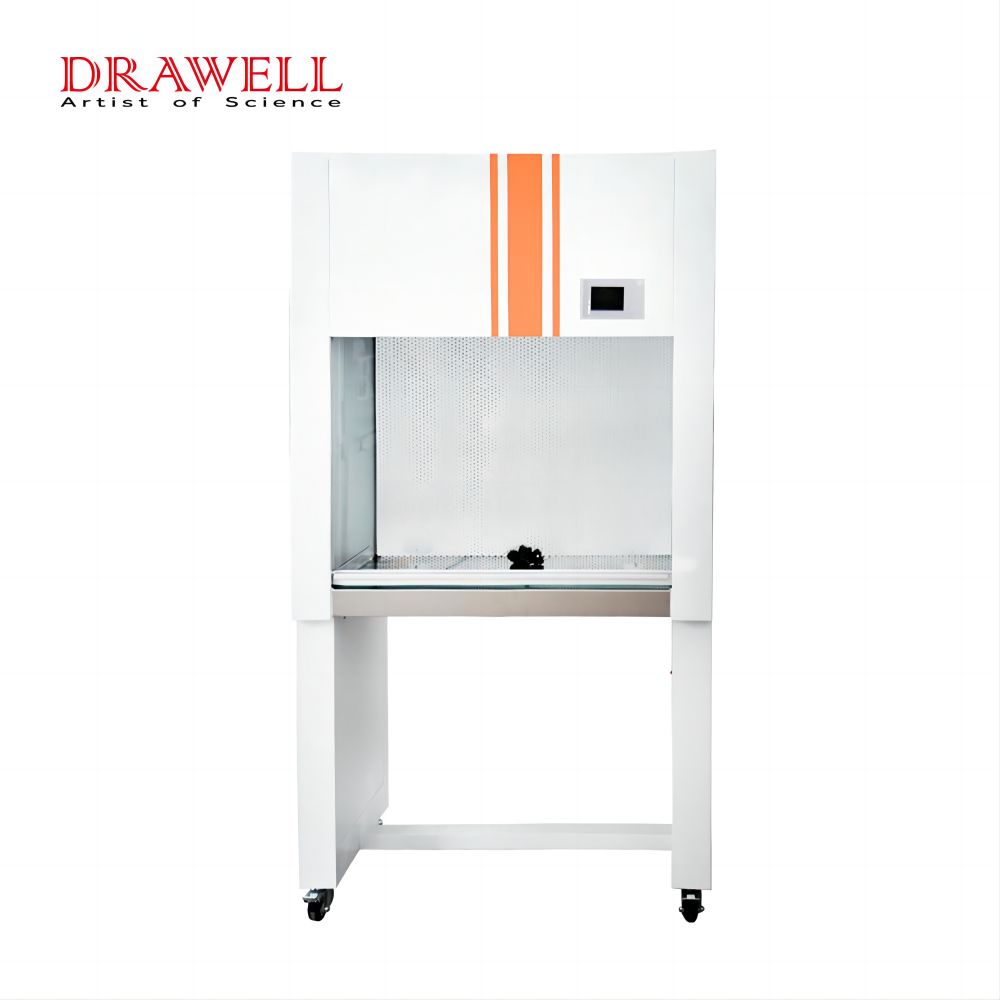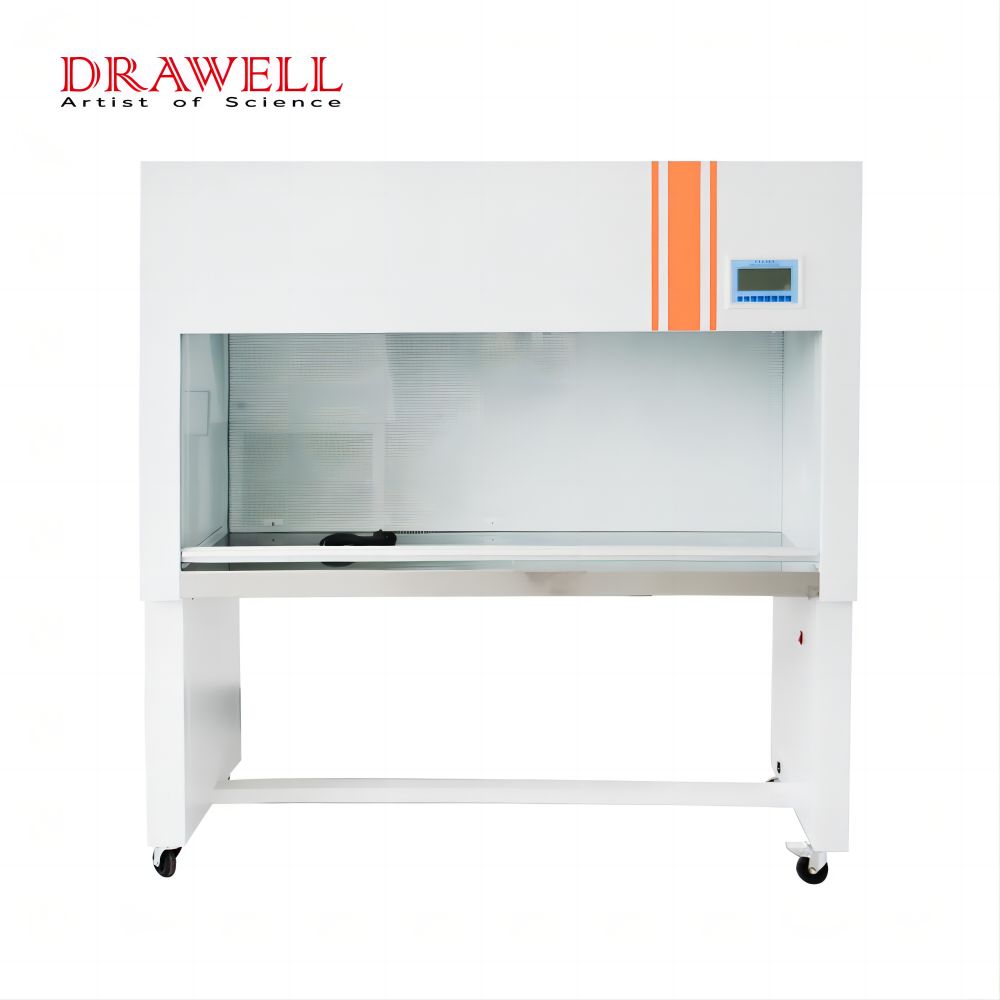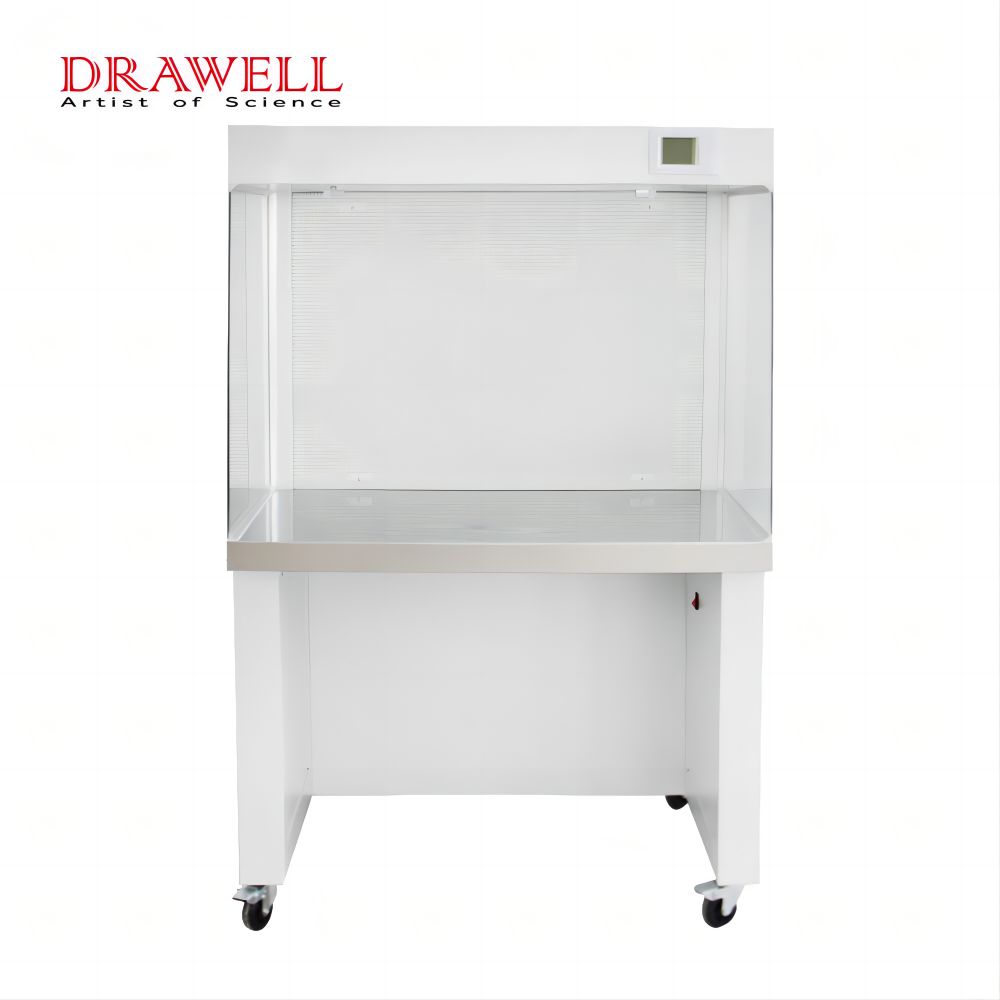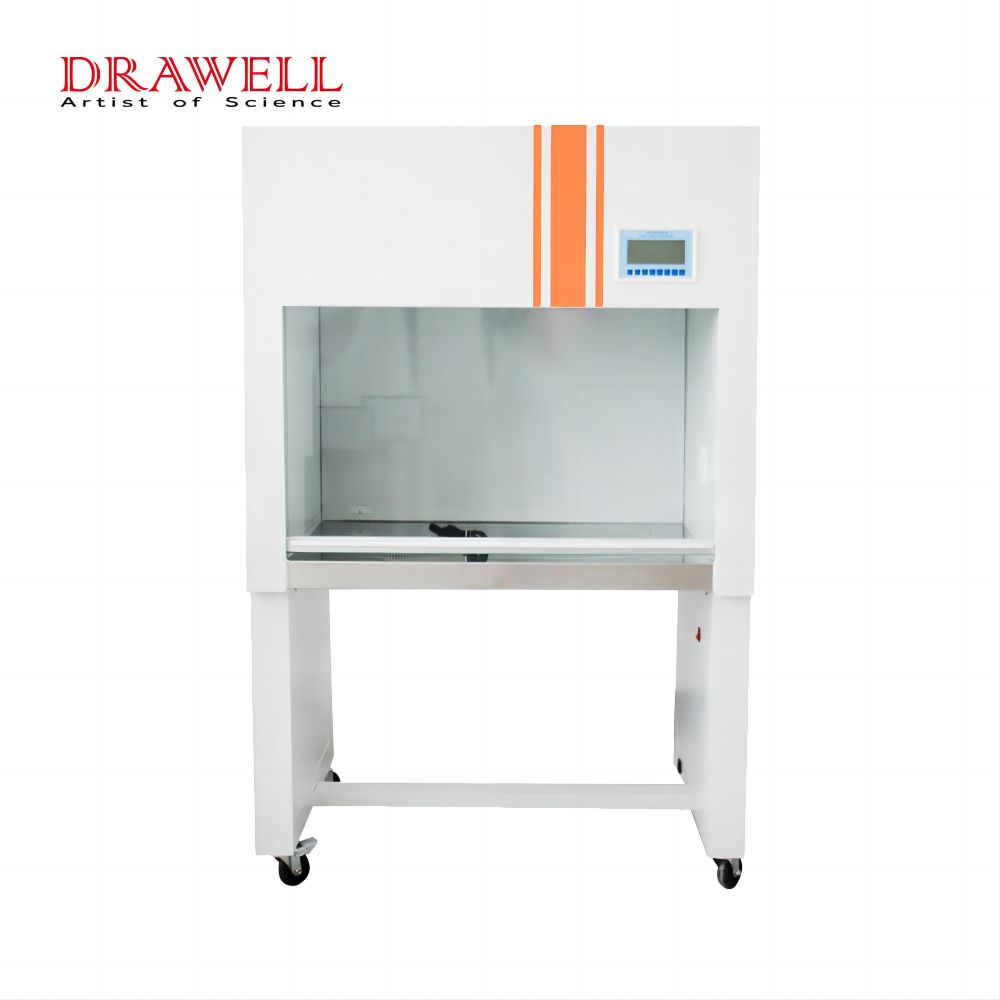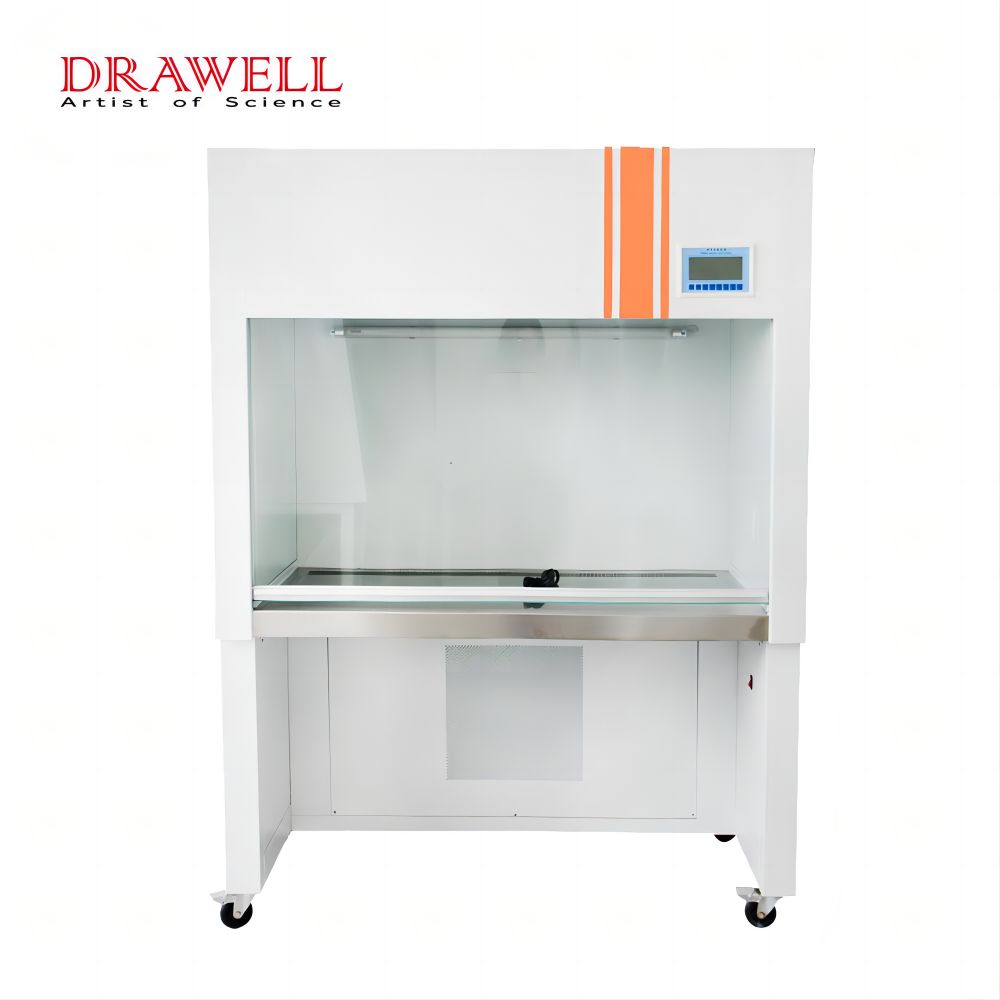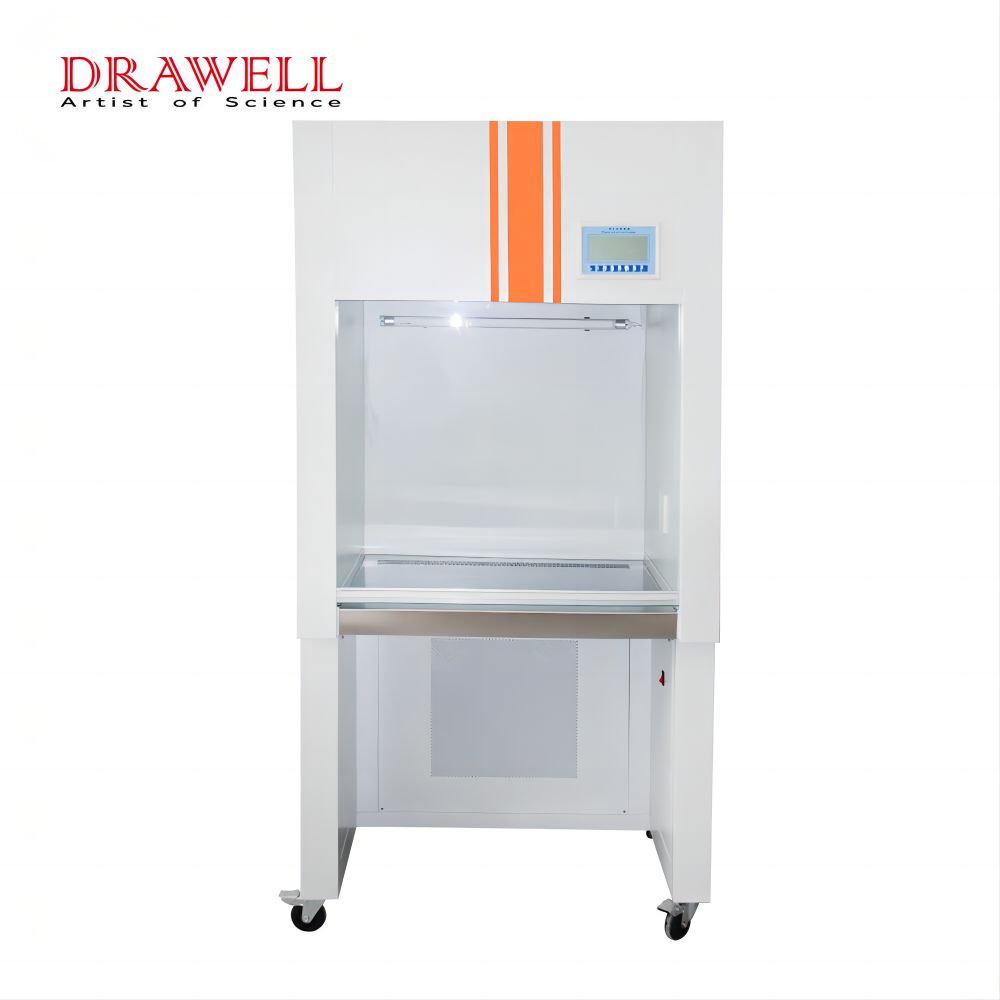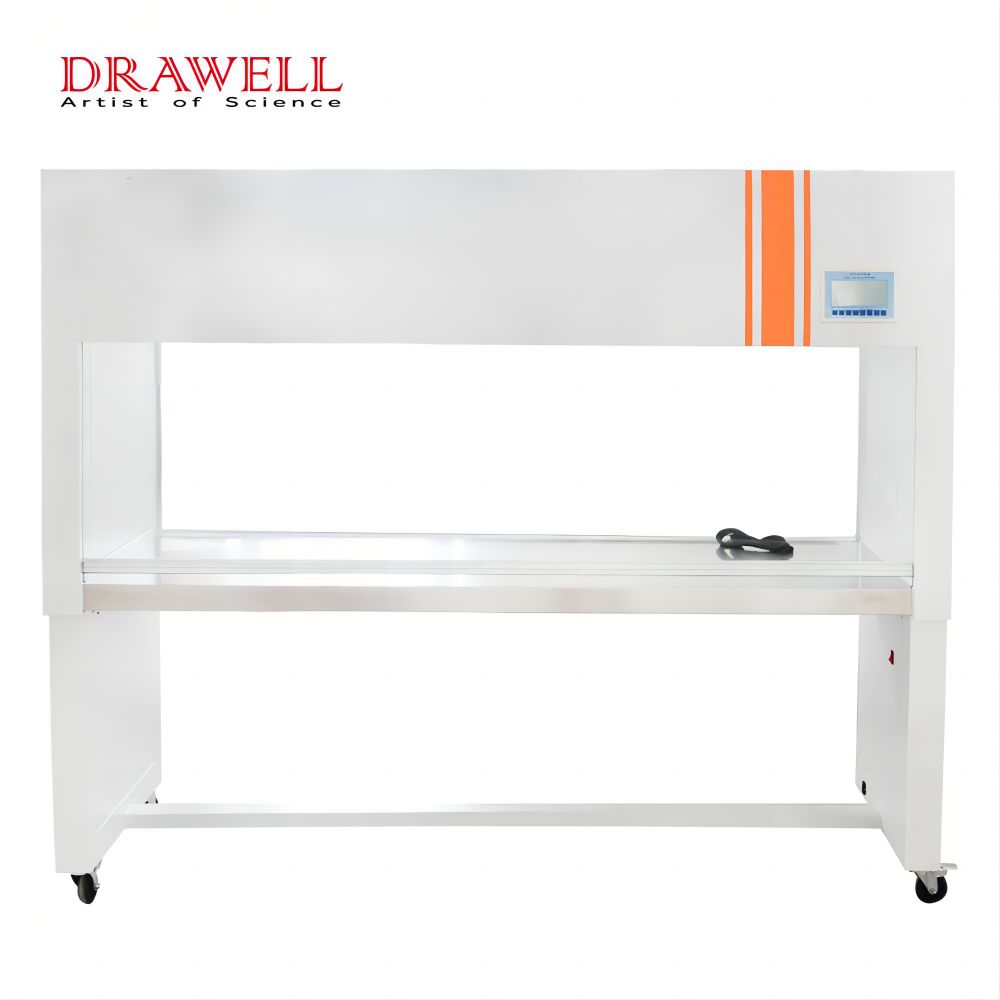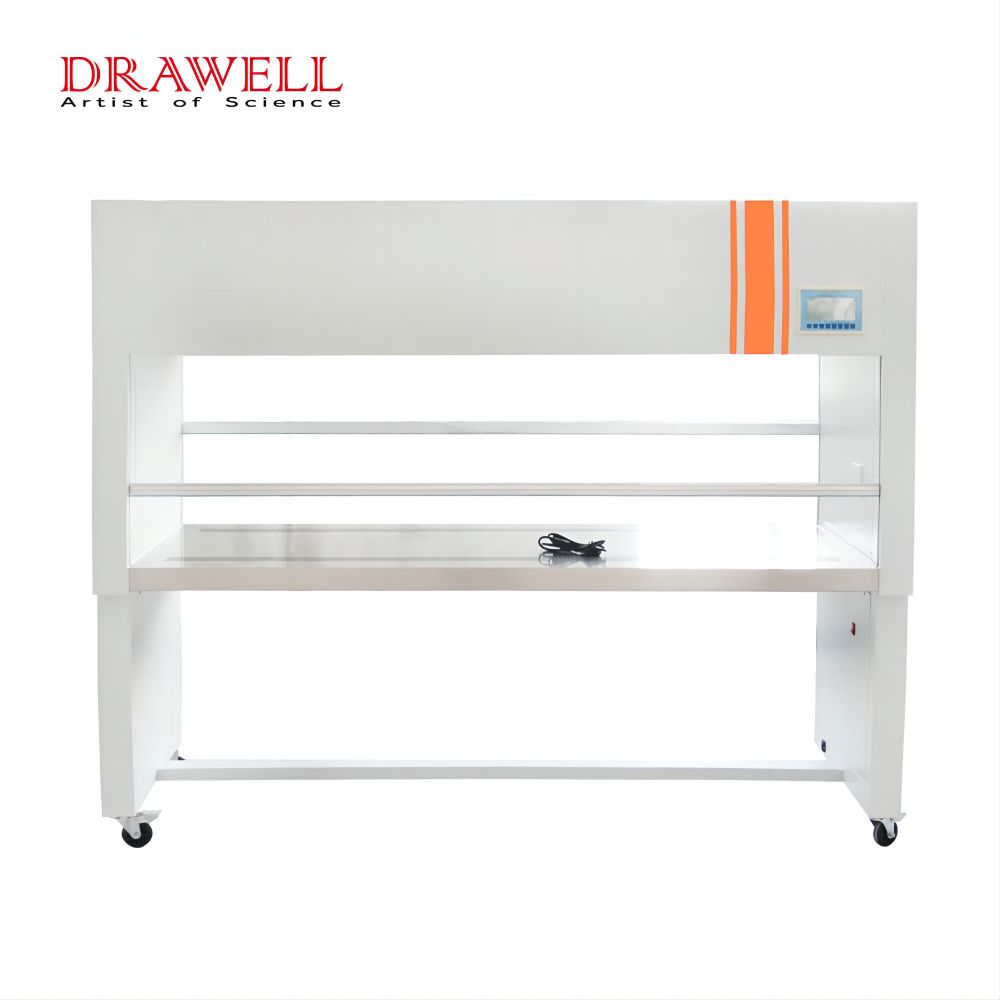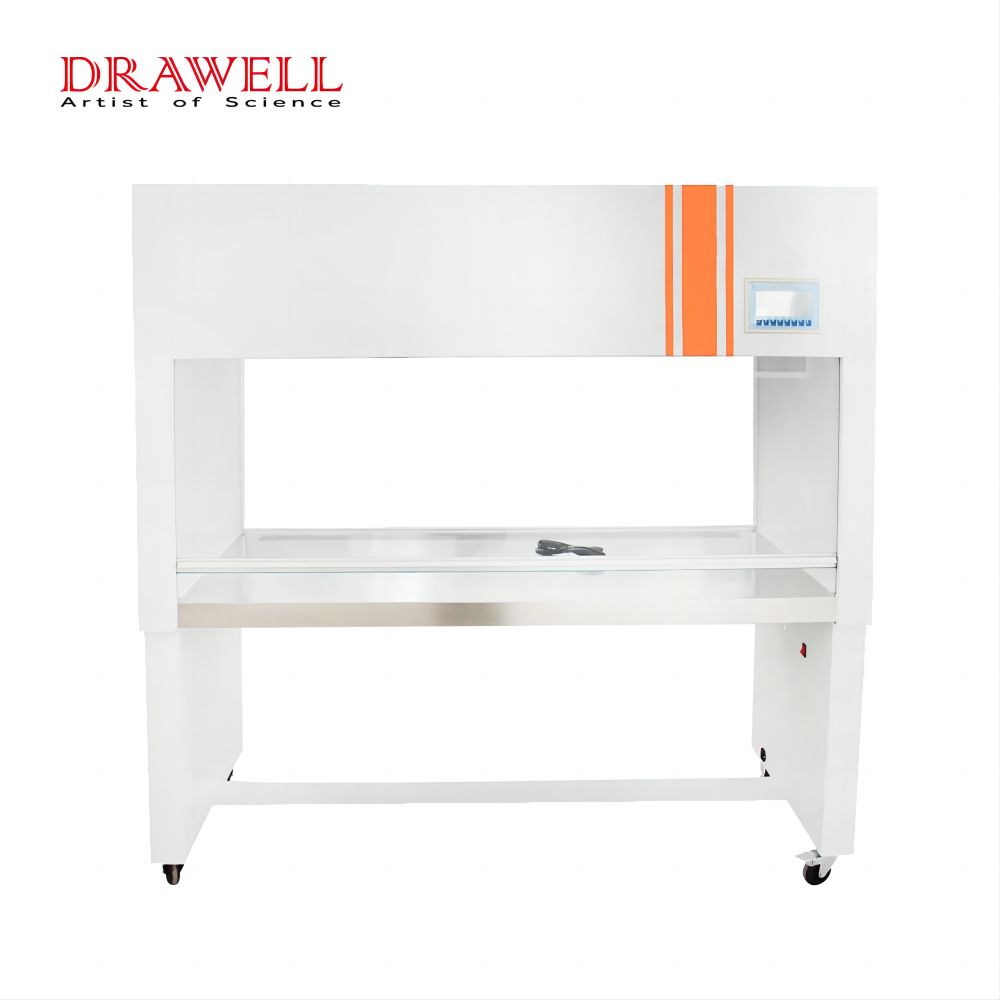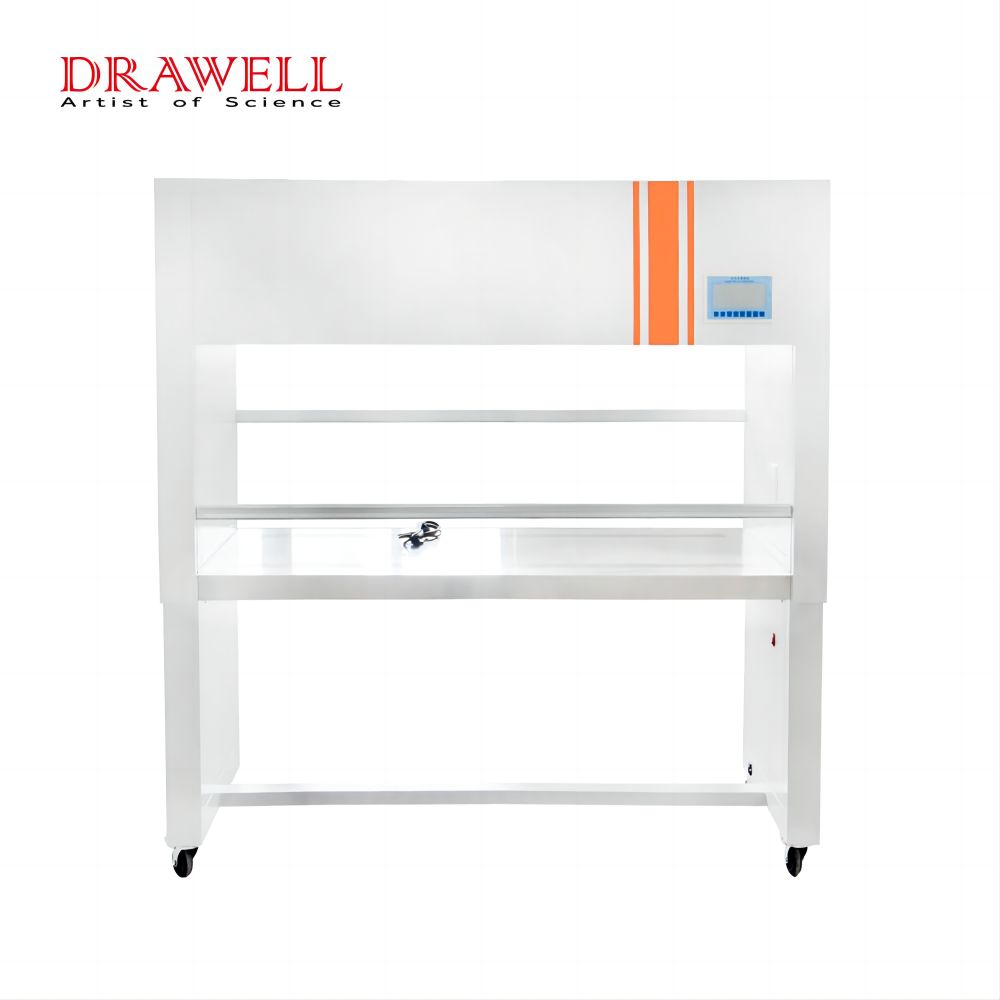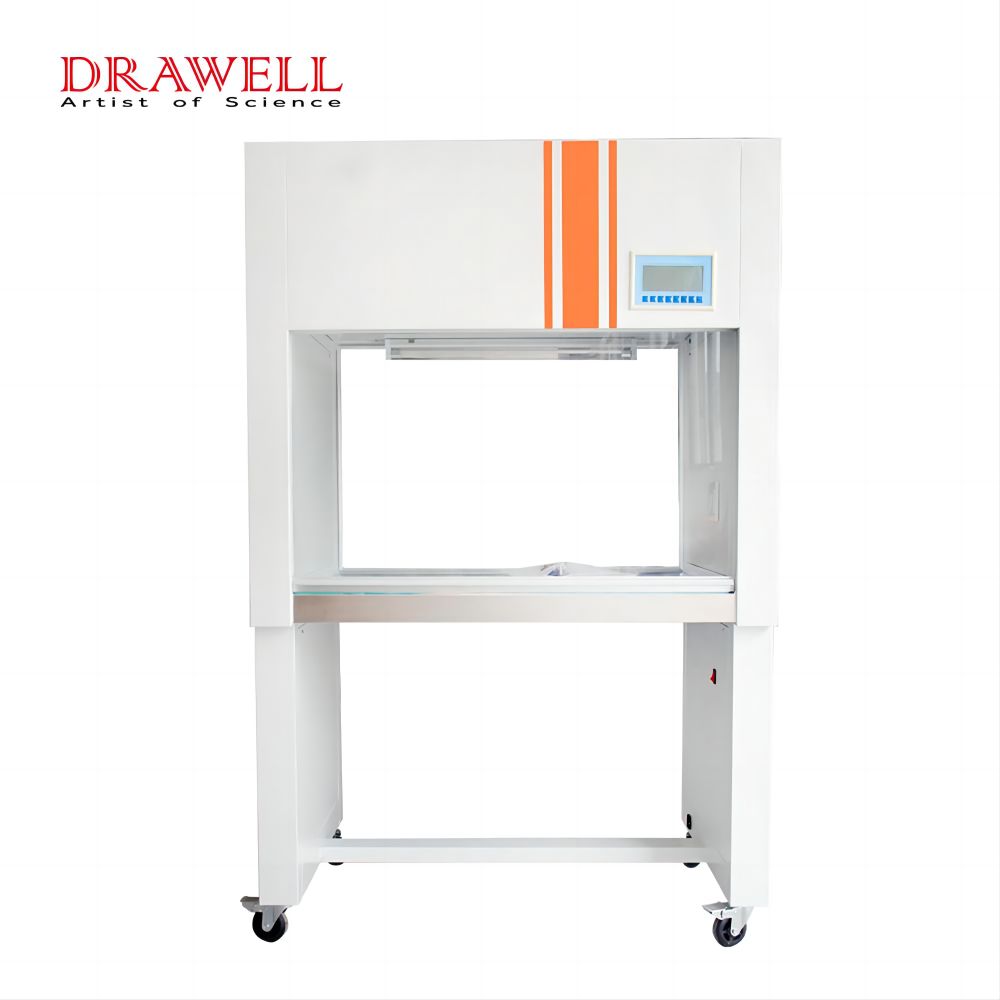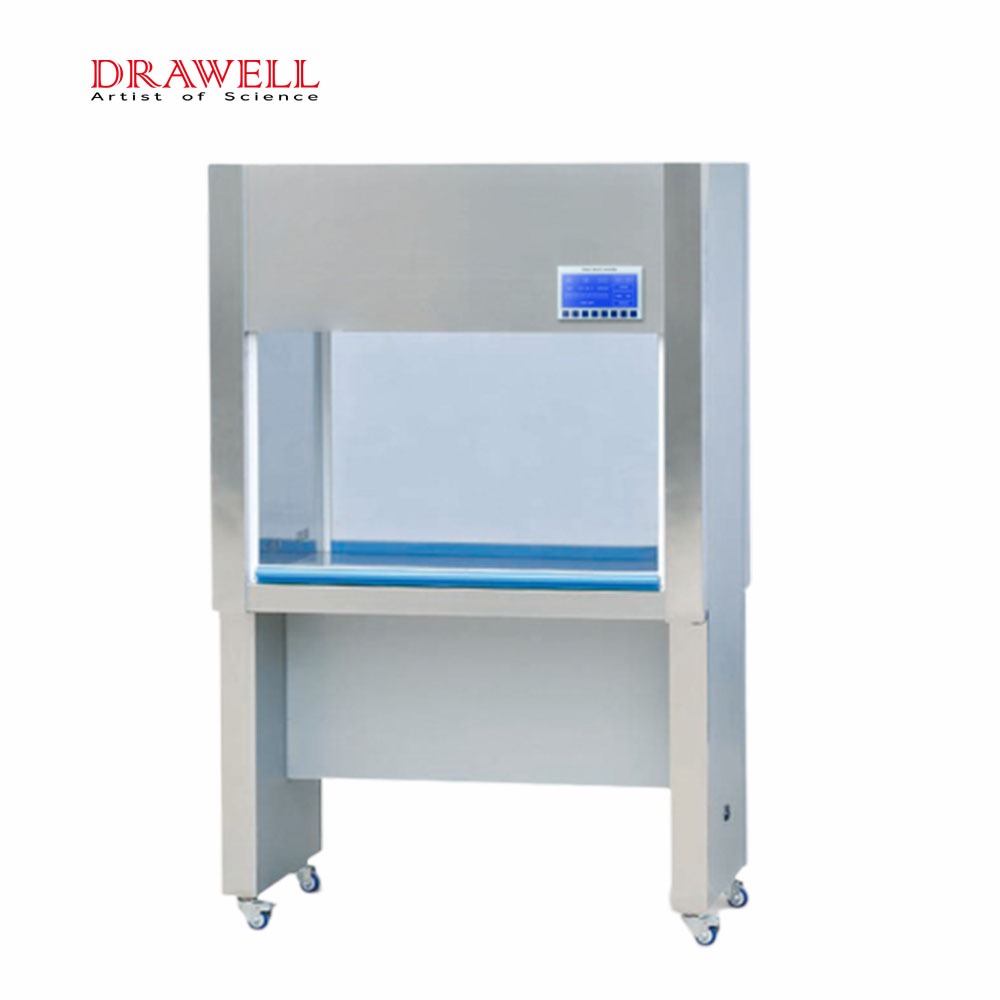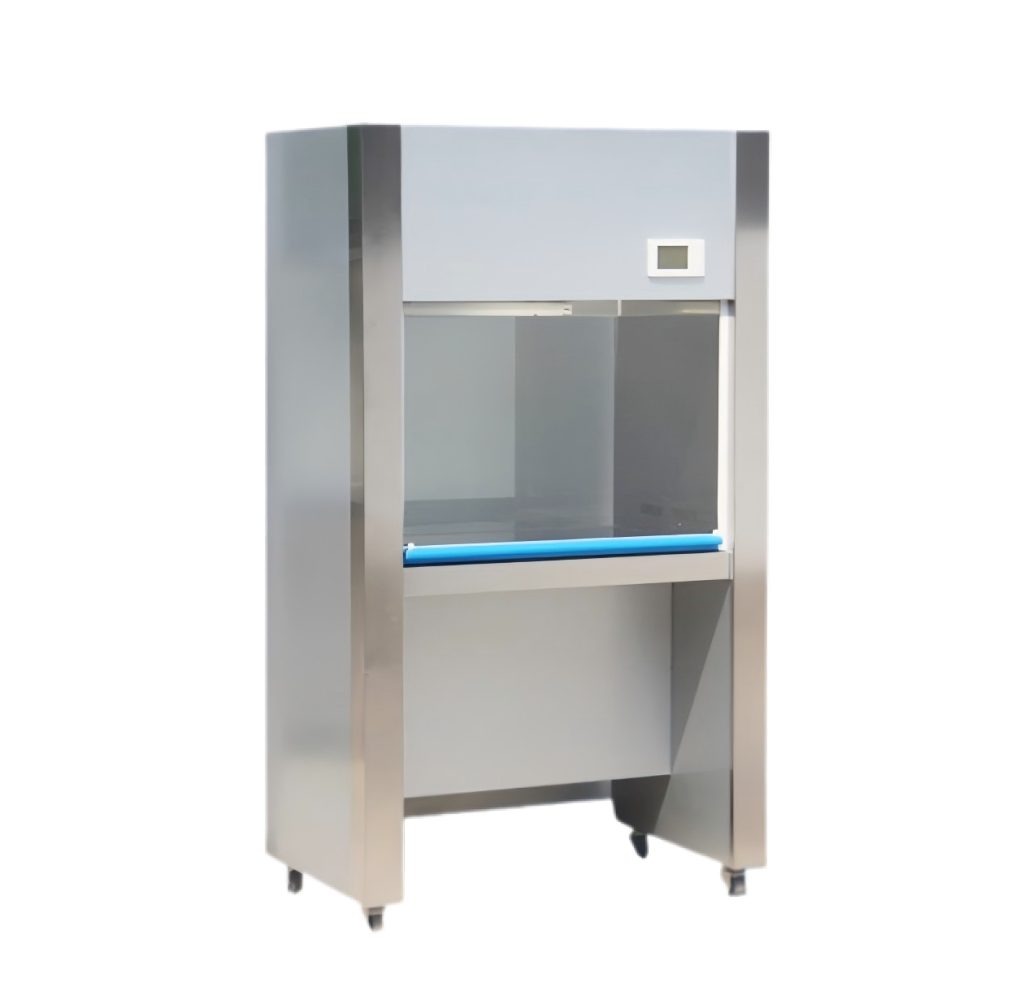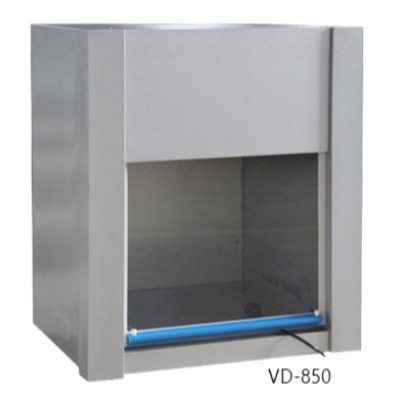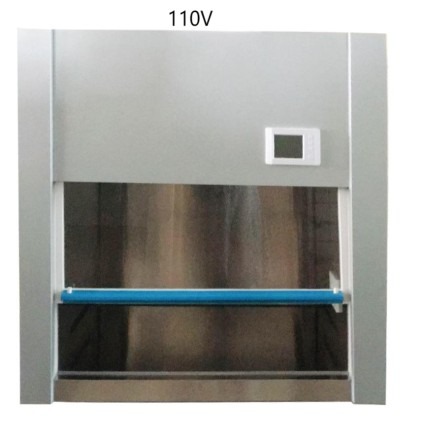Biological safety cabinets are the primary protective barrier that can protect users from biological hazards. Its main principle is that the inflow airflow can form an airflow barrier at the front window to prevent the accidental release of biological hazards from the working area of the safety cabinet. The airflow creates an airflow barrier in the workspace to provide sample protection. At the same time, standard laboratory operations must be followed to ensure the best safety performance of the biosafety cabinet. Today, this article will introduce the precautions of the biological safety cabinets to help you use biological safety cabinets correctly.
11 Precautions for Use of Biological Safety Cabinets
1. Minimize interference with airflow barriers. Avoid moving biological safety cabinets quickly, keep your movements slow.
2. Always maintain the correct front window opening height when using biological safety cabinets.
3. Daily surface disinfection. Sterilization by ultraviolet light cannot completely replace cleaning work. Cleaners should be used to disinfect and sterilize the workbench after the biosafety cabinet is used.
4. Properly dressed and proficient in donning complete personal protective equipment before you use biological safety cabinets.
5. Pay attention to the use of volatile toxic chemicals. At this time, the biological safety cabinets must be connected to the external drainage pipeline.
6. Ergonomic design reduces fatigue when using biological safety cabinets with elevated armrests and ergonomically designed seats and footrests.
7. Follow the correct aseptic technique and always maintain the sequence of operations from the clean area to the contaminated area: the working area is in the middle, and the clean area and the contaminated area are on both sides.
8. Dispose of waste and pipette tips properly. Place pipette tips and waste in biohazard bags inside (not outside) the biosafety cabinet to prevent the spread of contamination.
9. Operate within the working area of the biological safety cabinet as much as possible to avoid blocking the air intake grills at the front and rear of the working area.
10. Annual certification of biological safety cabinets to ensure that the airflow velocity and other limiting factors in the biological safety cabinet are within the safe range
11. Use sterilizable notepads in the safe, and consider smart tablets or iPads instead of regular notepads.
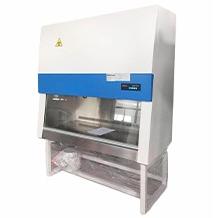
13 Taboos for Use of Biological Safety Cabinets
- Check equipment labels or look for biohazard signs before use. Do not confuse biosafety cabinets with ultra-clean workbenches.
- When the height of the front window is not in the correct position or the intake airflow is not in the normal range, there will be an audible and visual alarm. Do not continue to operate when the biosafety cabinet alarm sounds.
- Do not block the front air intake grille. When the air intake grille is blocked, the safety protection mechanism at the front window may fail, which cannot ensure the safety of the operator and increases the risk of sample contamination.
- Do not place irrelevant items in the biological safety cabinets, and please disinfect the items before taking them out of the biological safety cabinets.
- Do not place the waste liquid bucket outside the biological safety cabinet. If the waste liquid bucket is placed outside the biosafety cabinet, the operator will bring pollutants from the inside of the biosafety cabinet to the outside of the biosafety cabinet.
- Do not plug high-current equipment into the GFCI socket in the biological safety cabinets, be sure to check the maximum rated current of the GFCI socket, and be careful not to plug in a vacuum cleaner to avoid blowing the fuse.
- Do not use chlorine-containing disinfectants to clean the biological safety cabinet. Chlorine-containing disinfectants can cause corrosion. If residual soiling needs to be cleaned, use isopropyl alcohol diluted with deionized water.
- Do not use the biological safety cabinet as a storage cabinet. Placing too many irrelevant items will affect the airflow pattern and protective barrier of the biosafety cabinet.
- Do not operate flammable and explosive items in the biological safety cabinet. Combustible gas enters the coil of the fan motor and may cause an explosion if it encounters sparks.
- Do not work inside the biological safety cabinet when the UV lamp is on. Before turning on the UV lamp, please ensure that the glass front window is completely closed to prevent users from being exposed to ultraviolet radiation.
- Do not use an open flame in the biological safety cabinet. The hot air flow will affect the airflow pattern in the biosafety cabinet and cause pollution. Using an open flame may damage the filter or even cause an explosion.
- Do not enter the pipeline under the front window, if necessary, try to use the cable hole to enter.
- Do not place large or multiple magnets in the biological safety cabinets, strong magnets will interfere with the front window sensor.

